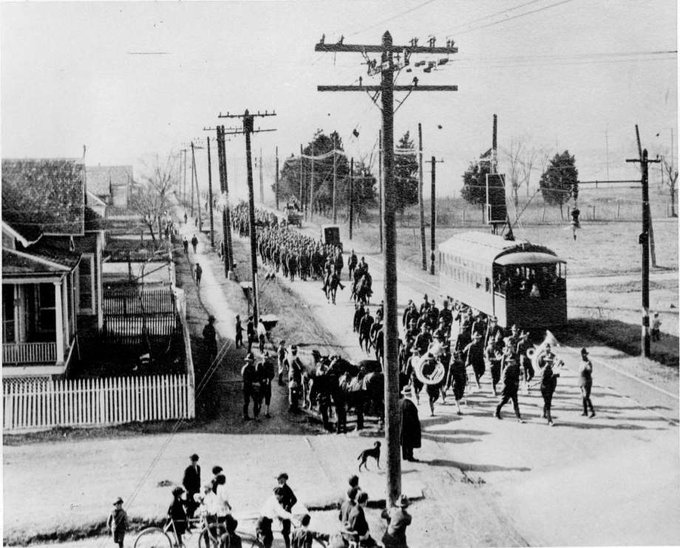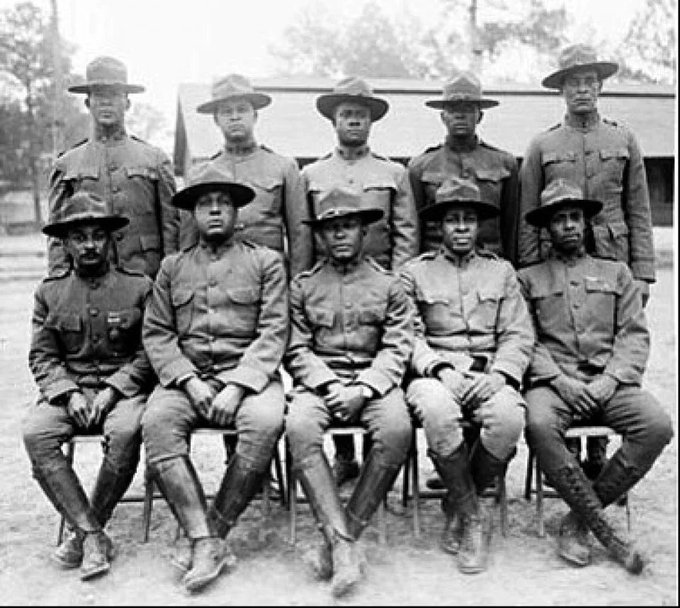
This week in history had major implications for Houston, Texas, and all of North America, and it all started with annexation.
Mexico gained its independence from Spain in the 1820s and welcomed foreign settlers into the territory that is now Texas, according to the History channel, but Americans soon outnumbers Mexican residents, kicking off a rebellion. Texas declared its independence in 1836, and became an independent republic through warfare. Nine years later, Texas joined the Union, and “manifest destiny” appeared attainable.
Follow the Heavy on Houston Facebook page for the latest Houston news and more.
Here’s what you need to know:
Texas Joined the Union December 29, 1945
Sam Houston was elected president of the independent Republic of Texas in 1836, but many favored that Texas join the Union at the time, according to the History channel.
“The likelihood of Texas joining the Union as a slave state delayed any formal action by the U.S. Congress for more than a decade,” History reported. “In 1844, Congress finally agreed to annex the territory of Texas. On December 29, 1845, Texas entered the United States as a slave state, broadening the irrepressible differences in the United States over the issue of slavery and setting off the Mexican-American War.”
President James K. Polk had been elected in 1944 after running on a platform of manifest destiny, PBS reported. The annexation of Texas was a major step toward that goal, but he had his sights set much further. The Mexican-American War, fought between the United States and Mexico from 1846 to 1848 ended when the United States laid claim to territory that became California, Nevada, Utah, and parts of Arizona, New Mexico, Oklahoma, Colorado and Wyoming.
Houston Nearly Tripled Its Size December 31, 1948
Houston was formed in 1836 by the Allen brothers, Augustus Chapman Allen and his younger brother, John Kirby Allen. In 1836, Houston was “147 swampy acres in the middle of nowhere,” according to the City of Houston Planning and Development Department. Today, it is the fourth largest city in the United States.
It took 175 years for Houston to grow 667 square miles, the department said. One of the major steps occurred December 31, 1948, when an annexation expanded Houston from 74.4 square miles to 216 square miles. A map from the City of Houston Geographic Information Systems (COHGIS) shows the history of Houston’s annexation.
Within its first 60 years, Houston grew to nine square miles, and its population had expanded to 44,000, according to the City of Houston Planning and Development Department. Its first major annexation was in 1913, when the city annexed area along a shipping channel. By then, the population was 77,000. It also annexed The Heights, an area that rose 23 feet higher than the rest of the area.
The city’s first “boom years” were the 1920s, when Houston annexed additional territory along the shipping channel and port, including Magnolia Heights and Harrisburg, the department said. This expansion also included Independence Heights, “the first African-American incorporated city in Texas,” the department said.
Houston slowed annexations in the 1930s as the population continued to grow to nearly 400,000, the department said.
“The ’40s were a different story,” the department said. “This decade kicks off three decades of expansion through annexation.”
In 25 years, the city doubled its size twice, the department said, including annexation of the Houston Municipal Airport. By the end of the decade, the population had reached nearly 600,000.
The largest annexation occurred in 1956, when the city annexed 108 square miles of land. Most of that territory would later be flooded to form Lake Houston, the department said. By then, Houston’s population was nearing 1 million, and it was 350 square miles.
Additional major annexations occurred in the 1960s, including an international airport, now known as George Bush Intercontinental Airport, and Ellington Air Force Base, in addition to land around Lake Houston. Annexations continued in the 1970s with Addicks and Barker reservoirs and other territories.
Annexations slowed by the 1980s, but the population continued to swell to more than 1.6 million people in 1990. In 2012, Houston reached 662 square miles and 2.1 million residents. Population estimates from the U.S. Census Bureau lists Houston’s population at 2.3 million in 2019.




Comments
This Week in Houston History: Texas Joins the Union, City Annexes New Territory